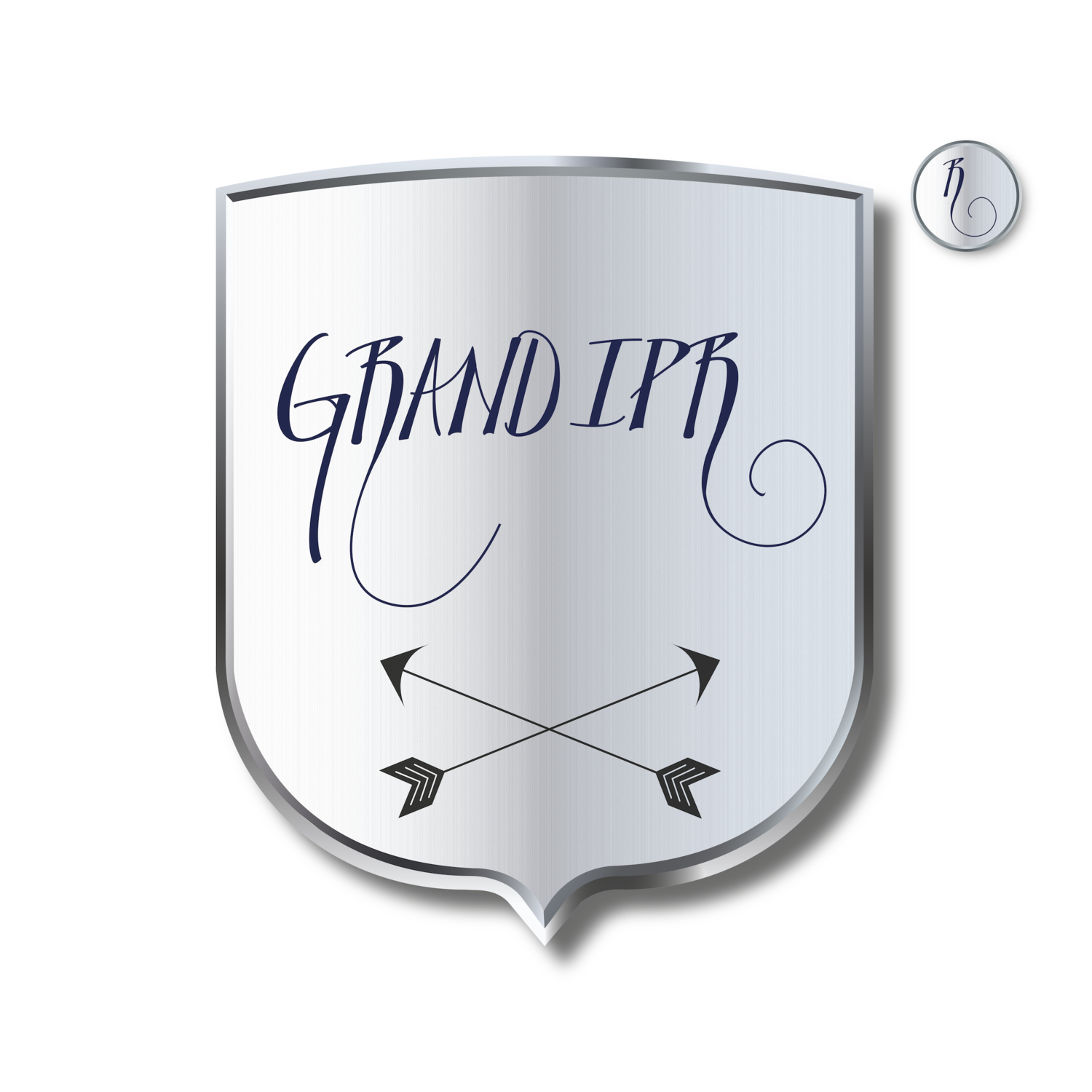When Is Your Name No Longer “Yours”?
If you have ever considered using your personal name as your business’s name, also known as a trade mark, you’ll want to take note of this article.
If I may suggest only one thing it is this: be careful what you use as the name for your company. The reason behind my warning is simple. In Denmark there was a very well-renowned designer who used their own name to create a clothing brand. In some instances, that can work well like it did for Coco Chanel and Yves Saint Laurent and other such fashion houses.
Be that as it may, for this particular designer, things did not work out so well. This person had, in order to expand their business with the help of a business angel or investor, handed over all rights to their personal name to a company that then got registered on the stock market. The company had the exact same name as the designer. When this company at one point went bankrupt, the designer did not realise that there might be issues related to the fact that their personal name was the company name and also the label used in the clothes, jewellery and accessories.
The curator in the bankruptcy estate had asked the designer if they were at all interested in purchasing back the trade mark/personal name. The amount of money asked for the trade mark was not huge, however the designer did not think that they would ever need to purchase to purchase back the right to use the name, since it was the designers own name. Furthermore, any amount of money can seem like an awful lot when your company has gone bankrupt. (The designer and the before mentioned investor created a second company that also went bankrupt. They then created a third company and continued activities in that, still using the designer’s name as the label and or sign). The curator had then sold the trade mark to a third party. There was an unregistered trade mark or clothes label, that the third party soon made sure was registered as a trade mark.
Hitherto there was a rule in Danish legislation stipulating that you always were allowed to use your personal name, also as a business name. The case of LEGO vs Gallery Lego springs to mind. Anyway I digress.
To cut a long and tedious story short, in the end, the designer was served with a sentence, from the supreme court, that stipulated that the designer wasn’t allowed to use their personal name as a sign ‘capable of distinguishing goods or services of one undertaking from those of other undertakings’, since this was considered an infringement of the trade mark, bought by the third party. Due to the Danish legislation, the designer was not allowed to act in a disloyal or derogatory way toward the third party purchaser of the trade mark.
The designer was furthermore prohibited from using their name on social media profiles, since they were used to promote the designers clothes. Any commercial use of the designers name was then considered to be an infringement of the third party’s intellectual property rights. On top of all this the designer was to pay a fine to the third party purchaser of their trademark, damages and legal fees.
So if you ever found yourself wondering: “Can or should I use my personal name as my business name?”, you may want to think again and consult someone who can advise you in these matters. You don’t want to end up like the designer in this real-life scenario!
For a more in depth look into trade marks and intellectual property rights, you may pre-order my book by clicking the button below.
If you would like to enlist my help in securing your business’s IPR, please book a session. I look forward to helping you protect your name, your business, and your livelihood.
STRATEGY SESSION (BUTTON)
UPDATE:
There are other cases where other women & men have lost their name in similar situations to the one mentioned above. It has happened in both the UK and in the US, and my advice is still to not use your own personal name for the Mark because it can go terribly wrong.


